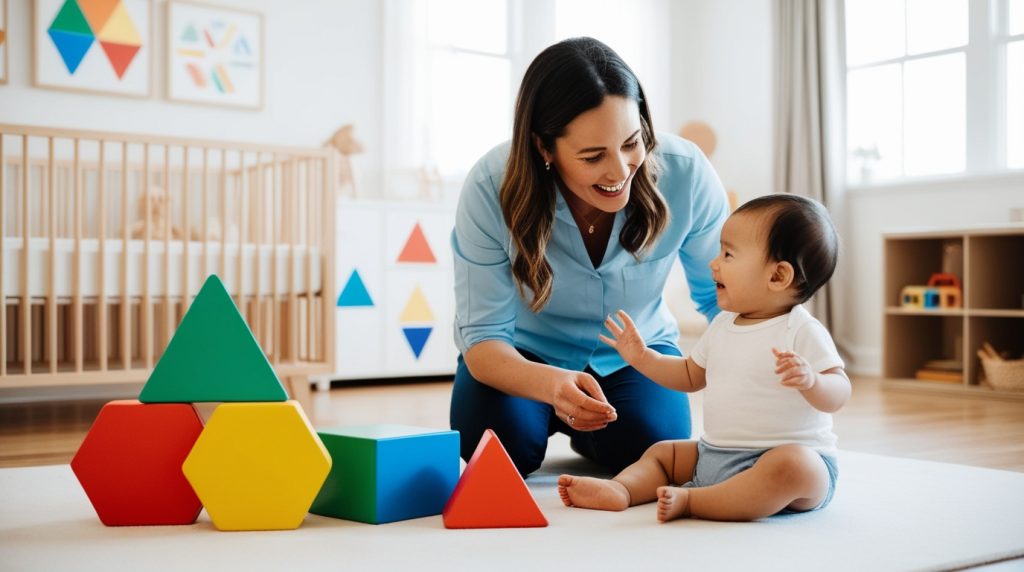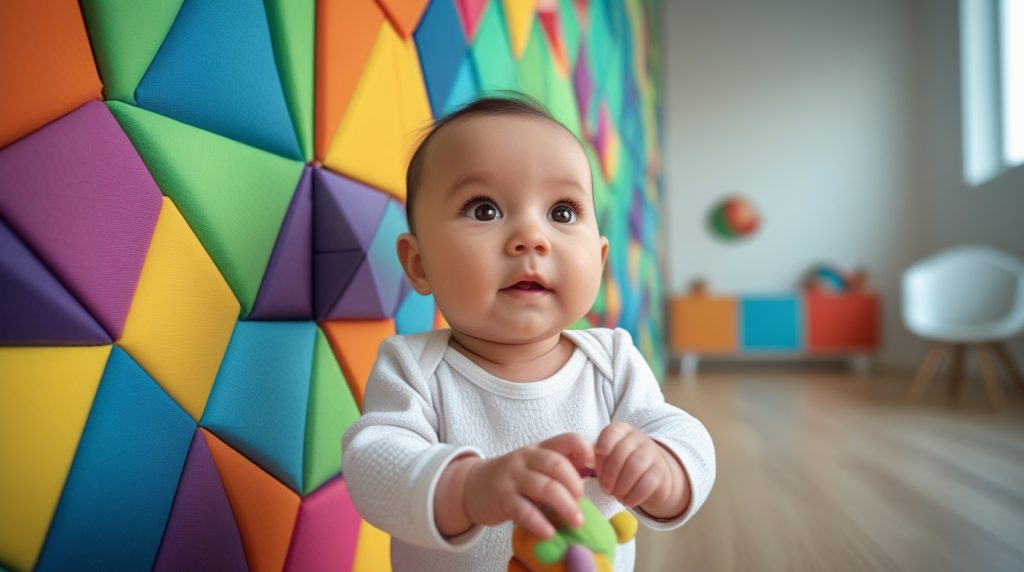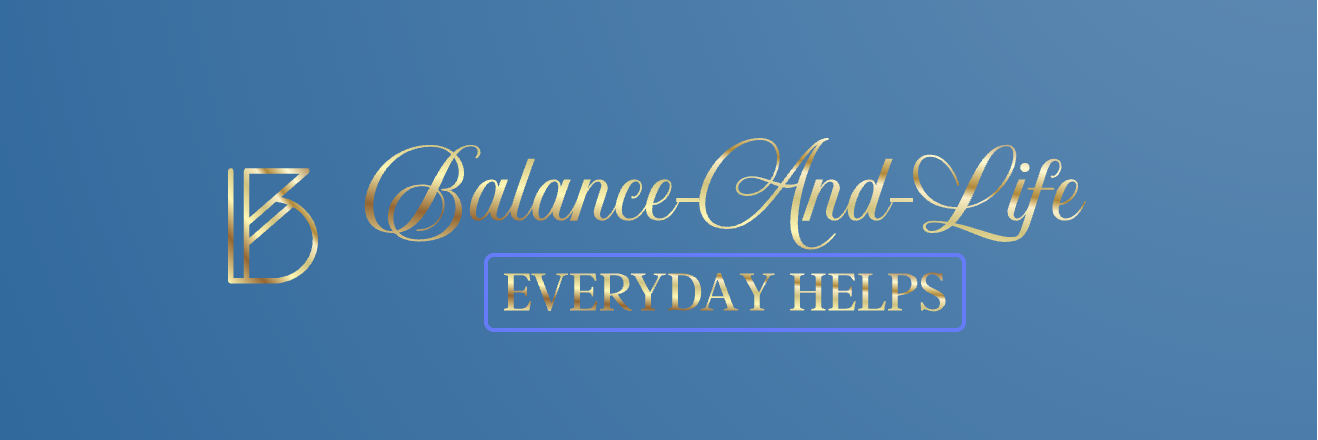Discover how your child can become a true Toddler Color Shape Genius through fun, interactive activities designed to boost early learning and confidence.
This guide is perfect for any parent looking to raise a learning baby techniques from home.
Toddler color shape genius strategies begin with simple, high‑contrast recognition activities. The human brain’s capacity for visual processing develops remarkably early, with babies showing preference for specific colors and shapes within weeks of birth. Groundbreaking research in developmental neuroscience has unveiled revolutionary techniques that harness this natural visual curiosity to dramatically accelerate cognitive development and boost overall intelligence in infants.
Why Your Child Can Be a Toddler Color Shape Genius: The Neuroscience Behind Visual Learning Baby Techniques
Recent neuroimaging studies reveal that color and shape recognition activities create powerful neural pathways that extend far beyond simple visual processing. When babies engage with structured color and shape learning experiences, their brains simultaneously develop pattern recognition, spatial reasoning, memory formation, and executive function skills.
The prefrontal cortex, responsible for higher-order thinking, shows increased activation when infants participate in systematic visual recognition training. This neural enhancement creates a cascading effect that improves problem-solving abilities, attention span, and learning capacity across all developmental domains.
Scientists have discovered that babies who receive intensive visual recognition training between 6-18 months demonstrate significantly higher IQ scores, improved academic performance, and enhanced creative thinking abilities later in childhood. These findings have revolutionized our understanding of early cognitive intervention possibilities.
Read this book: How to Care for Children:: From Birth to 2 Years – Selling by Amazon.com
Read more: Incredible Revolutionary Color and Shape Recognition Techniques That Boost Baby IntelligenceExplore more about infant brain growth in how to stimulate baby brain development – The Power of Talking to Your Baby
Toddler Color Shape Genius: The Chromatic Sequencing Method
Professional early childhood educators have developed an innovative approach called Chromatic Sequencing, which introduces colors in scientifically determined progressions that optimize neural development. Unlike traditional color teaching methods that present colors randomly, this technique follows specific wavelength sequences that match natural brain development patterns.
The method begins with high-contrast color pairs black and white, then red and yellow which stimulate the developing visual cortex most effectively. As babies master these initial distinctions, educators gradually introduce intermediate colors following specific chromatic relationships that reinforce pattern recognition and memory consolidation.
Advanced practitioners incorporate multisensory elements by pairing colors with corresponding textures, sounds, and movements. Red objects might be paired with rough textures and energetic music, while blue items are associated with smooth surfaces and calming sounds. This multi-modal approach creates robust neural networks that enhance overall cognitive flexibility.
Dynamic Shape Transformation Techniques

Revolutionary shape recognition methods go beyond static geometric presentations to include dynamic transformation activities that challenge developing brains in sophisticated ways. These techniques recognize that babies learn most effectively when visual information changes and evolves rather than remaining static.
The Dynamic Shape Transformation method involves presenting shapes that gradually morph into other forms, helping babies understand geometric relationships and spatial reasoning. For example, a circle slowly transforms into an oval, then elongates into a rectangle, teaching babies about shape continuity and mathematical relationships.
Advanced practitioners use interactive shape sorting activities where babies manipulate three-dimensional objects that change configuration based on their actions. These responsive learning environments create powerful feedback loops that reinforce successful pattern recognition and encourage continued exploration.
The Cognitive Color Coding System
Innovative educators have developed sophisticated color coding systems that accelerate language development while simultaneously enhancing visual processing skills. This approach assigns specific colors to different categories of objects, actions, and concepts, creating visual learning frameworks that support multiple cognitive domains.
The system might use warm colors (reds, oranges, yellows) for active objects and concepts, cool colors (blues, greens, purples) for calm or stationary items, and neutral colors (grays, browns, whites) for basic necessities. This systematic approach helps babies develop categorization skills, logical thinking, and early mathematical concepts.
Research demonstrates that babies exposed to structured color coding systems develop larger vocabularies, improved memory retention, and enhanced ability to make abstract connections between concepts. These cognitive advantages persist throughout childhood and contribute to superior academic performance.
Creating a learning environment that encourages your child to become a Toddler Color Shape Genius doesn’t require expensive tools. With simple activities and colorful visuals, you can stimulate cognitive development right from home.
Interactive Shape Recognition Games

Cutting-edge shape recognition techniques incorporate game-based learning that makes cognitive development engaging and sustainable. These interactive approaches recognize that babies learn most effectively through play-based experiences that feel enjoyable rather than educational.
Revolutionary shape games include “Shape Detective” activities where babies search for specific geometric forms hidden within complex visual environments. These games develop focused attention, visual scanning skills, and pattern recognition abilities while maintaining high engagement levels.
Advanced practitioners create “Shape Symphony” experiences where different geometric forms produce unique sounds when touched or manipulated. Circles might create soft chimes, while triangles produce sharp clicks. This audiovisual integration enhances memory formation and creates multi-sensory learning experiences that accelerate cognitive development.
These practical games are not just fun they’re proven sequencing method strategies to nurture your toddler at home, using simple materials like blocks, cards, and everyday items.
Read more: Incredible Revolutionary Color and Shape Recognition Techniques That Boost Baby IntelligenceYou might also like our article: Incredible Alphabet Teaching Secrets That Transform Babies Into Early Readers
The Progressive Complexity Method
Expert educators have developed systematic approaches that toddler color shape genius gradually increase visual complexity to continuously challenge developing brains without overwhelming cognitive capacity. This method recognizes that optimal learning occurs when tasks are appropriately challenging but achievable.
The progression begins with simple, high-contrast shapes and colors presented individually, then gradually introduces multiple elements, overlapping forms, and complex patterns. Each level builds upon previous achievements while introducing new challenges that stimulate continued neural growth.
Advanced implementations include “Visual Puzzle Challenges” where babies must identify target shapes or colors within increasingly complex backgrounds. These activities develop visual discrimination skills, attention to detail, and persistence in problem solving that benefit all areas of cognitive development.
Environmental Design for Visual Learning
Revolutionary approaches recognize that the toddler color shape genius learning environment itself plays a crucial role in optimizing development. Expert practitioners design spaces that systematically present visual information in ways that support natural learning progressions.
These environments feature “Visual Learning Zones” with carefully curated color palettes and shape arrangements that change based on developmental stages. Wall decorations, toys, and furnishings are selected and positioned to provide optimal visual stimulation without creating overwhelming sensory experiences.
Advanced environmental designs include “Adaptive Visual Landscapes” that respond to babies’ interests and developmental progress. These spaces might gradually introduce new colors or shapes based on mastery of previous elements, creating personalized learning experiences that maximize cognitive growth potential.

Many parents are surprised by how quickly their child can grow into a Toddler Color Shape Genius when given the right support, routine, and playful tasks. Consistency is the key to unlocking your toddler’s potential.
Encouraging your child daily with cognitive color and shapes builds the foundation of a toddler enhancing memory, pattern recognition, and critical thinking.
Read more: Incredible Revolutionary Color and Shape Recognition Techniques That Boost Baby IntelligenceEye Examination and Vision Screening in Infants, Children, and Young Adults
Infant color perception: Insight into perceptual development
Technology-Enhanced Recognition Training
Modern approaches incorporate carefully selected technology tools that enhance traditional color and shape recognition activities without replacing human interaction. These digital supplements provide precise visual presentations and interactive experiences that complement hands-on learning.
Revolutionary apps and devices offer “Responsive Visual Training” that adapts to individual babies’ learning pace and preferences. These tools can present colors and shapes with perfect consistency, track progress over time, and provide detailed feedback to caregivers about developmental achievements.
However, experts emphasize that technology should enhance rather than replace human mediated learning experiences. The most effective approaches combine digital tools with personal interaction, creating hybrid learning environments that maximize both technological precision and human connection.
Measuring Cognitive Enhancement Results
Advanced practitioners use sophisticated assessment techniques to measure the cognitive benefits of intensive color and shape recognition training. These measurements go beyond simple identification abilities to assess broader cognitive improvements.
Professional assessments examine improvements in working memory, attention span, pattern recognition speed, and creative problem-solving abilities. These comprehensive evaluations demonstrate that visual recognition training creates measurable improvements in overall cognitive function that persist throughout childhood.
Long-term studies reveal that babies who receive systematic color and shape recognition training show sustained advantages in academic performance, creative thinking, and social-emotional development. These findings confirm that early visual learning interventions create lasting cognitive benefits.
CONCLUSION:
By integrating these simple yet powerful visual learning techniques into your routine, you’ll help raise a confident, creative, and curious toddler ready to explore the world with joy.
With these fun activities, your little one can truly become a Toddler Color Shape Genius.
Read more: Incredible Revolutionary Color and Shape Recognition Techniques That Boost Baby IntelligencePractical Tips for Boosting Cognitive Development in Babies

